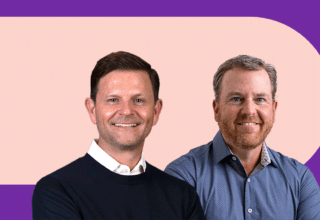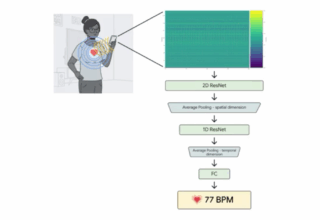The futures market allows investors to diversify their portfolios and enter a new market that will help them increase their profits from trades. But futures trading can certainly be confusing, and entering the futures trading market for the first time can be daunting as well. If you are interested in learning more about how to start futures trading, keep reading to learn a few helpful tips and strategies.
First Off, What Are Futures Markets?
Futures markets are those where speculators and hedgers can predict if the prices of commodities will fall or rise in the future. They also speculate on the price of currencies or market indexes. As you can imagine, there are risks involved with this type of trading, just as there are risks with other types of trading. However, people get involved in futures trading because it does have the potential to provide long-term and short-term gains that could be quite substantial. In addition to using a trading platform like Stern Options, knowing how to tackle the various futures markets out there will help to ensure your success.
The main futures market categories include agriculture, energy, equity index, FX, interest rates, and metals. Subcategories include grains, crude oil, S&P 500, EUR/USD, treasuries, and gold, to name just a few. So, as you can see, you have a variety of options to choose from, and you can determine which categories you would prefer to enter and which ones you find too risky to work within.
Trading Successfully in the Currency Market
Whenever you trade currencies in the futures market, you will have to predict whether the price of a currency will end up going up or down in the near future. Scalping is one of the common strategies that is used when trading currencies. As a scalper, you would try to achieve short-term gains off of the small changes that occur within a currency’s value. If you can manage to do this again and again, you could allow profits to continue climbing, adding up over a period of time until you have a substantial amount of money in your account. Making these short-term profits will help you focus on the minute-to-minute and day-to-day changes within the currency market, so you can hopefully avoid big losses.
Trading Successfully in the Commodities Market
Commodities are those physical items that have a value that is determined based upon supply and demand. Therefore, commodities could include everything from metals to energy and even food products. Because they are traded within a centralized market, speculators and investors predict if their prices will end up falling or increasing by a particular point in time.
One of the strategies that you can use in the commodities futures market involves buying call and put options. Basically, you can purchase a call when you think that the price will increase, or you could purchase a put if you think the price will fall. But if that strategy does not suit you, you can use what is known as a straddle. With this strategy, you are predicting that prices will continue to be volatile, and you construct your straddle by having the same number of puts and calls with the same expiration date and strike price.
Steps to Getting Started
To get started in futures trading, you should:
- Figure out how much risk capital you have available. This will help you determine if this is the right trading market for you. Basically, you want to calculate how much money you could afford to lose after placing bets on the market. Remember, a lot of traders, including those with a lot of experience, end up losing money, so you need to figure out how much you will invest, while still maintaining a financial safety net that you can rely upon. Many investors will put 5% to 20% of their investment portfolio into futures trading, but your circumstances may allow you to do more, or may require that you do even less. Also, if you are planning on using a trading broker, you will need to find out what their minimum deposit requirement is before you can start trading, so keep that in mind as you determine how much of your income you are willing to risk.
- Figure out if you will enlist the help of a trading advisor. This will depend upon how much time you have available to put towards learning about the futures market and what you need to do to succeed in it. If you would rather enlist the help of a professional, you can take his or her advice when it comes to things like commodities trading, and hopefully reduce your risk as a result. But, if you have the time to put towards increasing your own knowledge of the futures markets, you can certainly trade on your own with the help of a broker or with the help of an online trading platform. Ultimately, it is up to you whether you want to take a hands-on or hands-off approach to futures trading.
- Practice first. After learning more about the futures market, you can use a simulated account that you can access online in order to start making trades without actually risking your real money. This will help you build up your confidence and learn even more important lessons before diving into the real market. Some trading products even provide trial periods that you can use to acclimate to this new trading environment and its unique challenges.
If you are ready to take the leap into futures trading, it is really important that you do your research and remain diligent even after you begin trading. This is the type of market that requires your focus and attention at all times, as things can change really quickly. But if you can manage to learn the ropes, you could make a substantial amount of money while at the same time diversifying your investment portfolio and giving yourself more trading options when others are not performing as well as you would like.



















